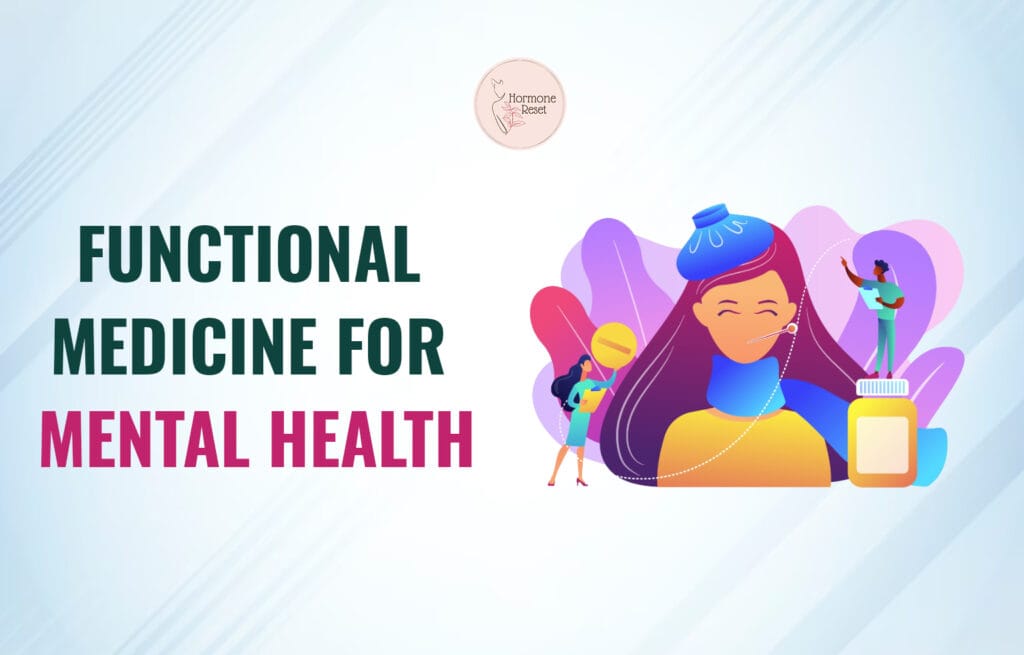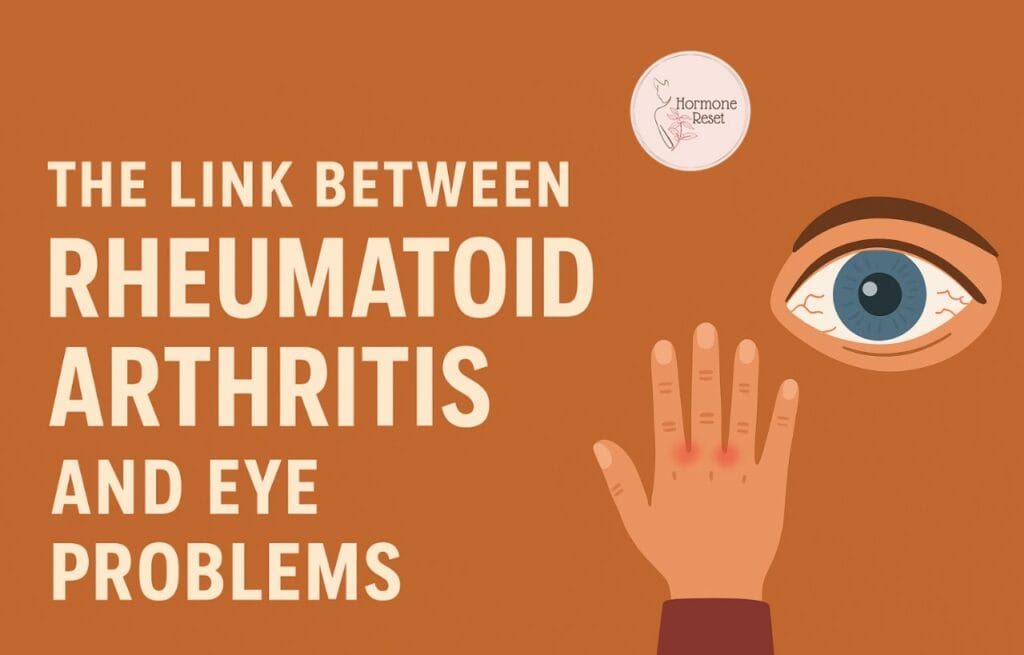The Unseen Toll of Autoimmune Disorders on Skin Health
Autoimmune disorders are conditions where the immune system mistakenly attacks healthy cells in the body, including those in the skin. For millions of people around the world, this means dealing with chronic skin conditions that cause physical discomfort, emotional distress, and sometimes even social stigma.
Some of the most well-known autoimmune skin conditions include psoriasis, vitiligo, eczema, and lichen planus. These conditions can significantly impact a person’s appearance and overall quality of life. The flare-ups can be unpredictable and severe, leaving patients frustrated and uncertain about managing their symptoms.
Psoriasis, for example, causes thick, scaly patches on the skin, while vitiligo leads to the loss of pigmentation, and lichen planus results in itchy, inflamed skin. Despite their differences, all three diseases share a common underlying cause: an immune system that has become overactive and starts attacking the body’s own tissues.
Why Does This Issue Matter?
Living with an autoimmune skin condition is far more than just a cosmetic concern – it is a health issue that affects daily living.
- Psoriasis is one of the most common autoimmune skin conditions, affecting up to 3% of the global population. It can lead to pain, swelling, and difficulty with mobility when the joints are involved, in addition to the visible skin lesions.
- Vitiligo, which causes depigmented patches, can significantly affect a person’s self-esteem, with studies showing that nearly 50% of those with vitiligo experience psychological distress due to their appearance.
- Lichen Planus, often associated with intense itching, can lead to scarring and long-term skin damage. In severe cases, it can affect the mucous membranes in the mouth and genitals, further complicating its management.
In addition to the physical symptoms, these conditions can cause a range of psychological impacts. Individuals may feel isolated or embarrassed about their appearance, and the unpredictable nature of autoimmune flare-ups can add to the emotional burden.
Root Causes and Symptoms of Psoriasis, Vitiligo and Lichen Planus
Psoriasis
Psoriasis is an autoimmune condition characterized by rapid skin cell turnover, leading to plaques of thick, inflamed, scaly skin.
Symptoms: Common symptoms include
- Plaques: Thickened, raised, red patches of skin covered with silvery-white scales. Commonly affects elbows, knees, scalp, and lower back.
- Itching and Burning: Affected areas may feel itchy, painful, or have a burning sensation.
- Nail Changes: Pitting, discolouration, or separation of the nail from the nail bed (onycholysis).
- Scalp Psoriasis: Dry, scaly patches on the scalp resembling dandruff but thicker.
- Psoriatic Arthritis (in some cases): Joint pain, stiffness, and swelling.
Root Causes:
Immune System Dysregulation: It is common knowledge that psoriasis is caused by an overactive immune response targeting healthy skin cells. However, what factors lead to this overactivity? Below are some of these factors.
- Genetic Predisposition: Mutations in genes related to the immune system and skin barrier, such as HLA-Cw6.
- Infections or overgrowths of pathogenic bacteria, fungus etc can often lead to an overactive immune system (e.g., strep throat can trigger guttate psoriasis).
- Stress and trauma can lead to chronic activation of the fight or flight response of the nervous system. This activation often leads to various chronic ailments including autoimmunity (Koebner phenomenon).
- Certain medications (e.g., beta-blockers, lithium) can cause autoimmunity.
- Toxins of various types, when in excess in the body, can again trigger a chronic hyper stimulation of the immune respnse leading to autoimmunityEnvironmental factors (cold weather, smoking, alcohol).
- Metabolic Syndrome: Links to obesity, diabetes, and cardiovascular issues also known to trigger autoimmunity.
Vitiligo
Vitiligo is a condition in which pigment-producing cells (melanocytes) are destroyed, leading to depigmented patches on the skin.
Symptoms
- Depigmented Patches: Flat, white patches on the skin that are sharply demarcated. Often begins on sun-exposed areas (hands, face, arms).
- Symmetry: Patches often appear symmetrically on both sides of the body.
- Hair Depigmentation: Hair in affected areas may turn white or grey (e.g., scalp, eyebrows, eyelashes).
- Progression: Gradual enlargement of depigmented areas over time.
Root Causes: Some factors, in addition to those discussed for psoriasis, are
- Autoimmune Mechanisms: Immune cells target and destroy melanocytes.
- Genetic Factors: Mutations in genes involved in immune regulation and melanin production (e.g., NLRP1, PTPN22).
- Oxidative Stress: Accumulation of reactive oxygen species (ROS) damages melanocytes.
- Neurogenic Hypothesis: Abnormal nerve activity may release harmful substances affecting melanocytes.
- Environmental Triggers:
- Chemical exposure (e.g., phenolic compounds).
- Physical trauma (Koebner phenomenon).
- Emotional stress.
Lichen Planus
Lichen planus is an inflammatory condition affecting the skin, mucous membranes, hair, and nails, characterized by purple, itchy, flat-topped papules.
Symptoms:
- Skin Lesions: Flat-topped, purple, polygonal papules or plaques. Often itchy and appear on wrists, ankles, lower back, and forearms.
- Oral Lichen Planus: White, lace-like patterns (Wickham’s striae) or red, painful sores in the mouth. Affects gums, tongue, and inner cheeks.
- Genital Lichen Planus: Painful sores or white patches in the genital area.
- Scalp (Lichen Planopilaris): Hair loss with scarring and redness on the scalp.
- Nail Changes: Thinning, ridging, splitting, or loss of nails.
- Mucous Membranes: Painful, raw patches on the mucous membranes (oral, genital).
Root Causes: Few factors, In addition to the common causes discussed for psoriasis and vitiligo above, are
- Immune-Mediated Mechanisms: T-cell-mediated attack on basal keratinocytes.
- Viral Infections: Association with hepatitis C virus (HCV).
- Genetic Predisposition: Familial cases suggest a heritable component.
- Gut-Skin Axis: Altered gut microbiota may contribute to chronic inflammation.
Common Underlying Factors for All Three:
- Autoimmune Dysregulation: A shared hallmark is an immune system attacking the body’s own cells.
- Chronic Inflammation: Persistent low-grade inflammation exacerbates symptoms.
- Genetic Susceptibility: Variants in immune-regulation genes.
- Environmental Triggers: External stressors often initiate or worsen symptoms.
- Gut Health: Gut dysbiosis and leaky gut syndrome can contribute to immune imbalances.
Addressing these root causes often involves a combination of medical treatments, lifestyle modifications, stress management, and dietary interventions to reduce inflammation and restore immune balance.
Functional Medicine Approach Understanding and Reversing Autoimmune Skin Conditions
Managing autoimmune skin conditions requires a multi-faceted approach, ranging from lifestyle changes to stress management to improving gut health. Here’s an in-depth look at how psoriasis, vitiligo, and lichen planus can be reversed:
- Address Gut Health:
- Test for and treat gut dysbiosis or leaky gut syndrome.
- Incorporate gut-healing foods like bone broth, fermented foods (e.g., sauerkraut), and prebiotic fibers.
- Avoid inflammatory foods like gluten, dairy, sugar, and processed foods.
- Reduce Inflammation:
- Adopt an anti-inflammatory diet (rich in omega-3 fatty acids, turmeric, ginger).
- Supplement with omega-3s, curcumin, and quercetin to lower systemic inflammation.
- Support Detox Pathways:
- Optimize liver function with cruciferous vegetables (broccoli, kale) and adequate hydration.
- Avoid environmental toxins (e.g., harsh chemicals, smoking, alcohol).
- Balance the Immune System:
- Identify and eliminate food sensitivities (through elimination diets or testing).
- Supplement with vitamin D, which regulates immune function.
- Mind-Body Connection:
- Practice stress-reducing techniques such as yoga, meditation, or breathwork.
- Improve sleep quality, as poor sleep exacerbates inflammation.
- Use adaptogens like ashwagandha or Rhodiola to manage stress.
- Address Underlying Triggers:
- Treat infections (e.g., strep throat, candida) that may trigger flares.
Vitiligo
- Optimize Immune Function:
- Use antioxidants like vitamin C, E, and selenium to reduce oxidative stress.
- Supplement with L-phenylalanine and ginkgo biloba to support repigmentation.
- Incorporate turmeric (curcumin) to modulate autoimmunity.
- Support the Gut-Skin Axis:
- Heal the gut lining with nutrients like glutamine, zinc carnosine, and probiotics.
- Avoid inflammatory triggers such as gluten, dairy, and processed foods.
- Stimulate Melanin Production:
- Use natural therapies like narrow-band UVB phototherapy under medical supervision.
- Incorporate copper-rich foods (e.g., nuts, seeds, shellfish) to support melanocyte function.
- Balance Hormones:
- Address thyroid dysfunction or adrenal imbalances, as these can exacerbate vitiligo.
- Manage stress with adaptogens and mindfulness practices.
- Reduce Toxins:
- Avoid chemical exposures (e.g., phenolic compounds) that may trigger depigmentation.
- Detoxify the liver with herbs like milk thistle or dandelion root.
Lichen Planus
- Identify Triggers:
- Test for viral infections (e.g., hepatitis C) and address them if present.
- Remove potential allergens, including dental amalgam and specific medications.
- Calm Autoimmunity:
- Use anti-inflammatory supplements like omega-3s, vitamin D, and quercetin.
- Incorporate resveratrol or green tea extract for immune modulation.
- Heal the Gut:
- Eliminate food sensitivities through an elimination diet.
- Use gut-healing protocols with aloe vera, licorice root (DGL), and glutamine.
- Support Mucosal Health:
- Use natural oral rinses with coconut oil or aloe vera for oral lichen planus.
- Supplement with zinc and B vitamins to repair mucous membranes.
- Manage Stress and Inflammation:
- Practice mindfulness, meditation, or acupuncture to reduce systemic stress.
- Add anti-inflammatory foods like dark leafy greens, berries, and fatty fish.
- Detoxify the Body:
- Avoid environmental toxins and reduce heavy metal exposure.
- Support liver detox with NAC (N-acetyl cysteine) and cruciferous vegetables.
Common Functional Medicine Strategies for All Three Conditions:
- Personalized Nutrition: Diet and nutrition play an important role due to a variety of reasons.
- Adopt an anti-inflammatory diet personalised for your condition by an experienced functional medicine practitioner.
- Focus on whole, organic, unprocessed, nutrient-dense foods rich in antioxidants and omega-3s etc.
- Testing for Root Causes: We need to test for and address all the main root causes that often lead to autoimmunity. Some examples of tests are below.
- Comprehensive stool tests to evaluate gut health.
- Food sensitivity and allergy testing.
- Tests for viral or bacterial infections, heavy metals, and toxins.
- Supplements and Nutrients: Various supplements and nutrients can be used to support the immune system and nudge it towards more balanced activity. Some examples are
- Vitamins A and D3: To regulate immunity.
- Probiotics: To restore gut microbiota.
- Zinc, selenium, and magnesium: To support cellular repair and immune function.
- Lifestyle Modifications: Chronic ailments are often referred to as lifestyle diseases. This is because it is our lifestyle choices (including diet, exercise, stress, relationships, and more) that impact how the body functions in the long run. For example,
- Regular exercise helps to improve circulation and reduce inflammation.
- Adequate and deep sleep is crucial for the nervous system to shift out of chronic fight and flight mode which is essential for immune system balance and recovery.
- Stress Management:
- Chronic stress is a common trigger for all three conditions; incorporate stress-reducing techniques like journaling, tai chi, or therapy.
Taking Control of Skin Health with Autoimmune Disorders
Psoriasis, vitiligo, and lichen planus can have a profound impact on skin health, but with functional medicine, these conditions can be reversed. Customized Treatment plans that combine precise supplements, lifestyle adjustments, and stress management can significantly improve the quality of life for patients.
If you’re living with an autoimmune skin condition, it’s essential to work closely with your healthcare provider to develop a personalized treatment strategy. Additionally, understanding the triggers for flare-ups and managing them proactively can go a long way in maintaining healthy skin and overall well-being.
Share this blog to help raise awareness about the impact of autoimmune disorders on skin health!
References:
- American Academy of Dermatology. “Psoriasis: Symptoms and Diagnosis.”
- https://www.aad.org/public/diseases/psoriasis
- National Vitiligo Foundation. “Vitiligo: Causes, Symptoms, and Treatment.”
- American Skin Association. “Lichen Planus: Causes and Treatment Options.”
- Quality of life in patients with vitiligo. Parsad D, Dogra S, Kanwar AJ. Health Qual Life Outcomes. 2003
- Psychological reaction to chronic skin disorders: a study of patients with vitiligo. Porter J, Beuf AH, Nordlund JJ, et al. Gen Hosp Psychiatry. 1979
- Bergstrom, KG, Kimball AB. (2011) 100 questions & answers about psoriasis. Sudbury, Mass: Jones and Bartlett.
- Marks, B. “More than skin deep: Triggers, treatments, and you.” An educational session hosted by the National Psoriasis Foundation. Chicago: Presented June 20, 2015.
- Murzaku EC, Bronsnick T, et al. “Diet in dermatology Part II. Melanoma, chronic urticaria, and psoriasis.” J Am Acad Dermatol. 2015 Aug;73(2):353.
Share





Leave a Reply